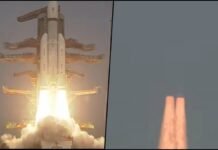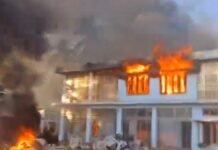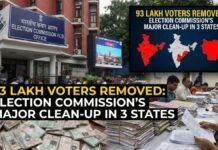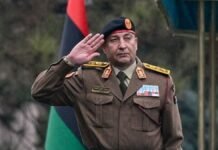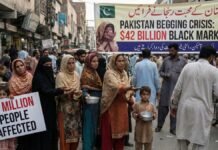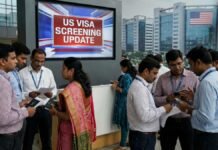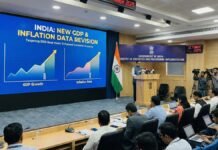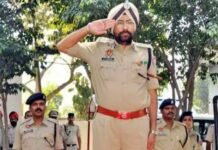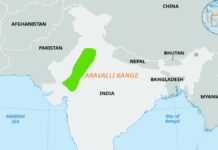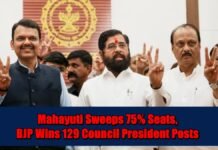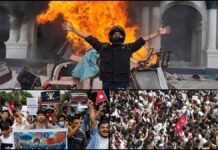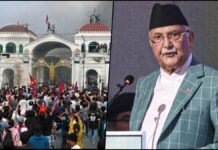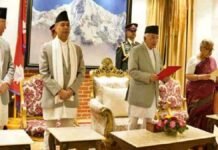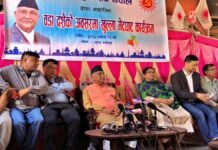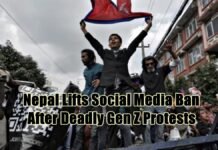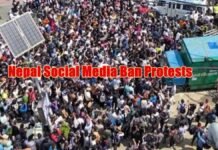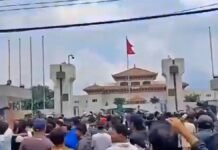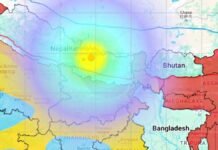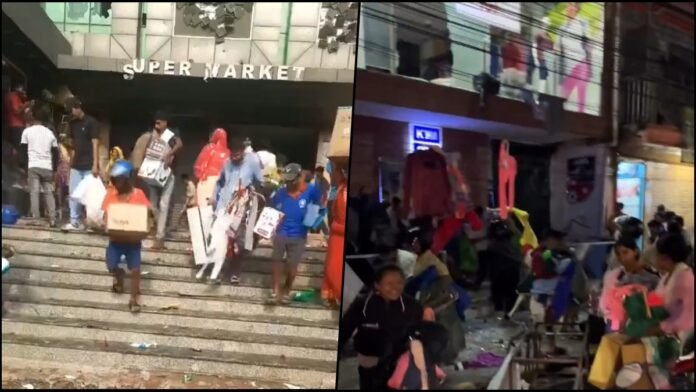
Key Points:
- Violent protests over government actions force resignation of Prime Minister KP Sharma Oli and several senior ministers
- Rampant looting, mall thefts, and arson spread chaos; videos show rioters raiding shops and authorities escaping by helicopter
- At least 22 people killed, 300+ injured in police action as protests escalate nationwide
- Protesters set fire to Parliament, Supreme Court, President’s House, and homes of politicians
- Army currently holds power as attempts to form interim government stall due to divisions among protest leaders
New Delhi: Nepal has witnessed one of its most severe political and social crises in recent history, as massive, youth-driven protests against government policies primarily the controversial social media ban escalated into widespread violence, looting, and the forced resignation of Prime Minister KP Sharma Oli and multiple top ministers. The unrest, which erupted earlier this week, has set off a chain reaction at every level of society and governance.
Looting, Arson, and Viral Chaos
Across Nepal, chaotic scenes unfolded as thousands of protesters clashed with police and security forces in major cities. Viral videos circulating widely on social media have exposed the scale of disorder:
Amid the absence of law and order in Nepal, the people have resorted to mass-looting. #NepalGenZProtest pic.twitter.com/x4RqefWHCn
— Tata Tygrys (@BengaliFalcon71) September 10, 2025
- Looting in major malls and shops: Crowds of people, some masked, were filmed ransacking supermarkets and clothing stores, fleeing with armfuls of food, alcohol, and high-value goods.
- Arson attacks: Groups of rioters set ablaze government buildings, including the Parliament, Supreme Court, President’s Office, and even several private residences of elected officials.
- Leaders fleeing by helicopter: In the most dramatic footage to date, some senior leaders and officials were seen making a desperate helicopter escape from Parliament grounds as crowds surged nearby.
The remarkable public anger, fueled by long-simmering frustration with corruption, government inaction, and youth unemployment, has resulted in multiple fatalities so far, 22 lives have been lost due to police action, and over 300 people have been injured, some critically.
Political System in Chaos: Oli’s Resignation and Military Takeover
Following the violence and direct attacks on state institutions, PM KP Sharma Oli and key members of his cabinet stepped down late Tuesday. Their resignations come amid intense criticism of their handling of the protests and the botched social media crackdown that triggered public outrage.
In the wake of this power vacuum, Nepal’s military has stepped in, assuming control of day-to-day affairs. Troops and armored vehicles have been deployed in major cities to restore order and prevent further violence. The military leadership has pledged to maintain peace and begin talks with protest groups to establish an interim civilian government.
During the Nepal protests, chaos took over!
— Saffron_Syndicate (@SaffronSyndcate) September 10, 2025
Looters attacked shops, malls, even alcohol stores without shame. Protests turned into an open license for theft.
Complete lawlessness on display
Is this protest??? pic.twitter.com/0nXU05UbVb
Roadblocks on Forming New Government
Despite efforts to start negotiations, protest leaders remain divided over the choice of interim leadership. Talks between the military and the main opposition and activist groups have yet to yield a consensus candidate for Prime Minister, prolonging the state of emergency and keeping Nepal on edge.
Meanwhile, the military’s presence and suspension of regular political processes have raised questions about the long-term stability of Nepal’s democracy. Outside observers and Nepal’s neighbors are watching the capital Kathmandu closely for signs of progress—or further escalation.
Social Media Ban: Flashpoint for Generational Anger
The origins of the current crisis trace directly to the government’s attempt to ban social media platforms and limit freedom of expression—a move widely condemned by young Nepalis, digital activists, and even international rights groups. The ban was seen as an attempt to stifle dissent and control information during a period of mounting economic and political frustration.
What began as peaceful protests exploded into violent unrest after security forces cracked down on demonstrations. Images and eyewitness accounts told of excessive force by police, leading to deaths and injuries, which further inflamed public anger.
Outlook: Can Calm Return to Nepal?
The days ahead will be decisive. The military’s interim hold on power, continued viral exposure of lootings and violence, and the search for a new civilian-led government all mean Nepal’s immediate future remains unpredictable. For now, the nation is struggling to recover from a week of mayhem, mourning its losses, and debating the direction of its troubled democracy.

